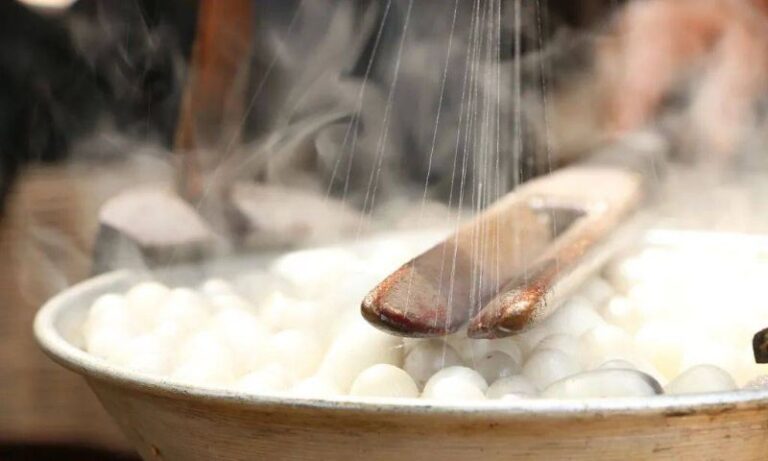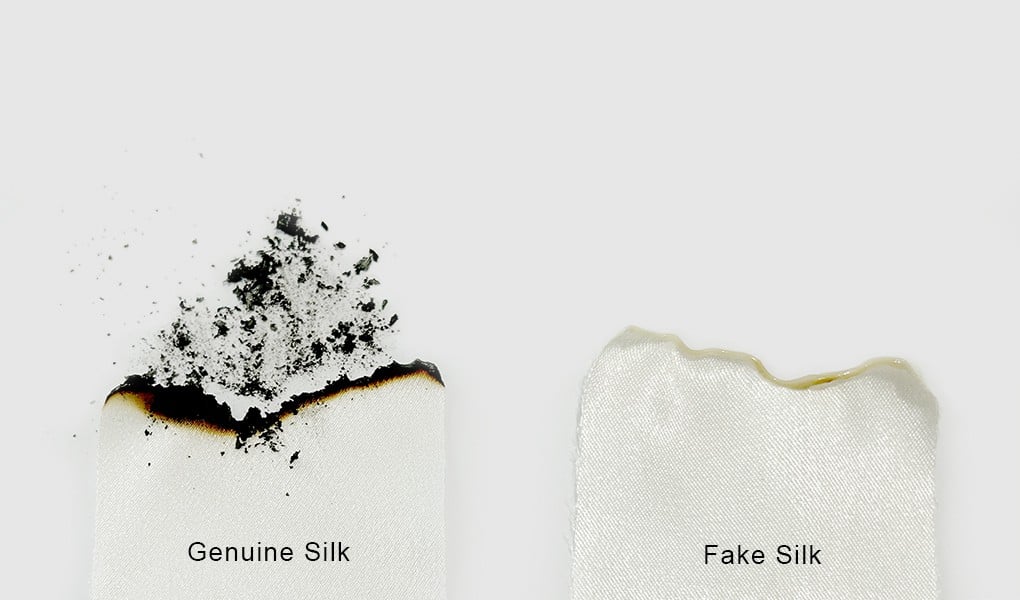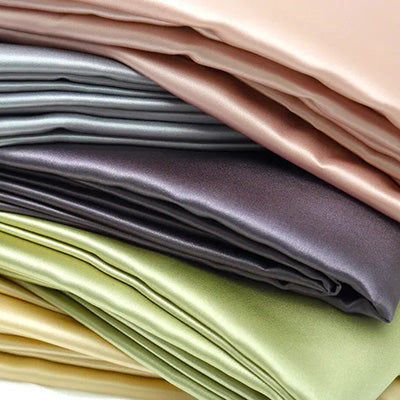
About Silk

How Silk Is Made
Silkworm cultivation (sericulture) – Silkworms are raised on mulberry leaves until they spin cocoons.
Harvesting cocoons – The cocoons are collected before the moths emerge.
Boiling and reeling – The cocoons are softened in hot water, and the silk filaments are unwound (reeled) into long threads.
Spinning and weaving – The threads are twisted, dyed, and woven into fabric.

Real Silk
Real silk produces a smell similar to that of burnt hair when it burns. Because silk is a protein - the most component of hair is also a protein, and the ashes, after burning, are black.
Fake silk burns with a pungent plastic odor that is easy to recognize and doesn't produce ash. The burning fabrics test method destroys the original silk and is dangerous when burning, so please use this method cautiously.

Care & Longevity Tips
To keep your silk items looking and feeling their best:
Wash with cool or cold water, using a gentle or silk-specific detergent (no bleach or fabric softener).
Air-dry flat or hang to dry away from direct sunlight; avoid tumble drying.
Wash with care and treat them like the premium fabric they are - you’ll enjoy them for years.
Subscribe to our emails
Be the first to know about new collections and exclusive offers.